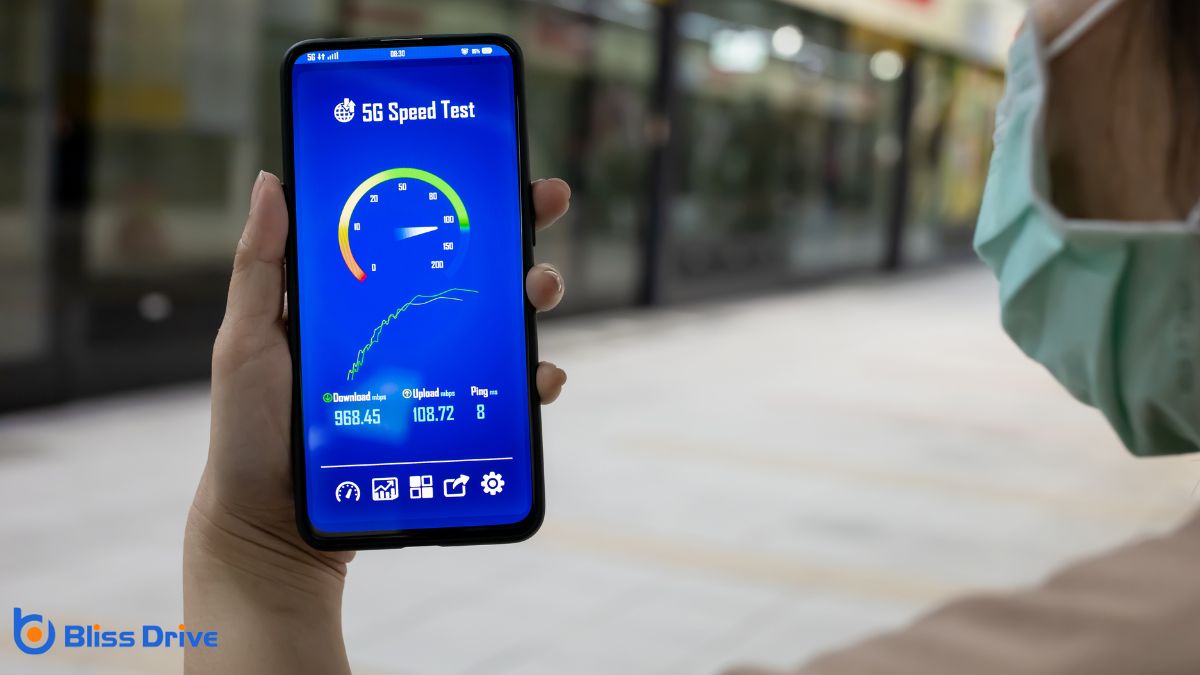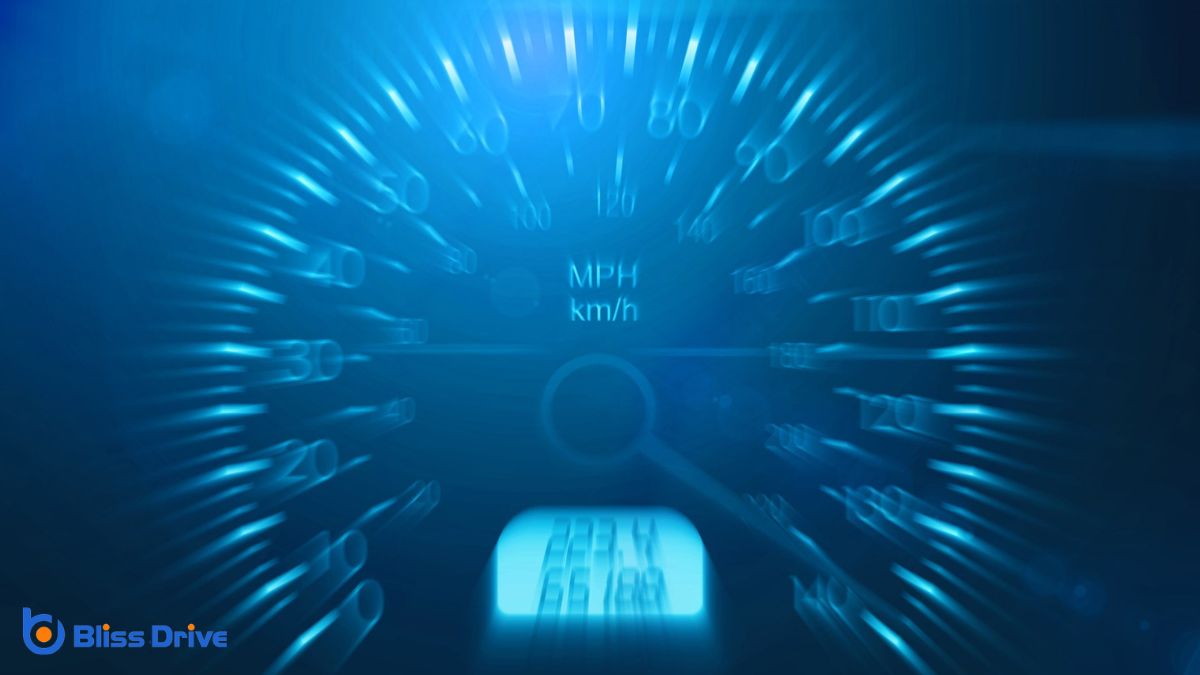Digital Marketing Services
Learn More About Us

You're probably wondering how site speed ties into your search engine optimization efforts. It's more critical than you might think. Google's algorithms favor fast-loading sites, and a sluggish website can harm your rankingsThe position at which a website appears in the SERP., reducing your visibility. This impacts user experience, too, as visitors expect pages to load quickly. Stuck with high bounce rates? It might be your page speedThe time it takes for a webpage to load, affecting user experience and conversion rates.. Curious about optimizing this? There's more to uncover about enhancing site performance.

When it comes to user experience, site speed is a critical factor that can't be overlooked.
Imagine visiting a website that takes forever to load. You’d likely feel frustrated and leave, right?
Users expect fast, seamless interactions, and slow sites can drive them away in seconds.
You need to guarantee your site loads quickly to keep visitors engaged and satisfied.
You're probably aware that Google's Speed Update emphasizes the importance of fast-loading sites in search rankings.
It’s not just about speed for speed's sake; user experience metrics and how quickly your mobile pages load play a significant role.
If your site lags, you might see your rankings drop, impacting your visibility and traffic.
Although site speed might seem like a minor detail, Google's Speed Update has considerably changed how search engines rank websites. If your site loads slowly on mobile devices, it could rank lower in search results.
Google's primary goal is to enhance user experience, and a slow website frustrates visitors. They might leave before your content even appears, which increases your bounce rateThe percentage of visitors who leave a website after viewing only one page. and impacts your SEO negatively.
You need to focus on optimizing your site's speed to maintain or improve your ranking. Consider compressing images, leveraging browser caching, and minimizing JavaScript.
How exactly does site speed tie into user experience metrics that influence search engine rankings? When your site loads quickly, it enhances the user experience, which search engines like Google value highly.
Visitors are more likely to stay longer and engage with your content when they’re not waiting around for pages to load. This reduces bounce rates and increases the time users spend on your site, both of which are essential user experience metrics.
Additionally, a fast site improves accessibility, enabling all users, regardless of device or connection, to have a smooth experience.
Search engines monitor these behaviors, and a positive user experience can boost your rankings. So, by ensuring your site loads swiftly, you're directly impacting how search engines perceive and rank your site.
When it comes to search engine rankings, mobile page load times play an essential role in determining your site's visibility. If your site loads slowly on mobile devices, users will likely leave before engaging with your content. Google notices this behavior and may rank your site lower in search results.
You want to guarantee your mobile pages load quickly, ideally within three seconds, to keep users engaged and improve your search engine positioning.
To achieve this, optimize images, leverage browser caching, and minimize redirects. Google's mobile-first indexingThe process of adding web pages into a search engine's database. means your mobile site is the primary version considered for ranking, so its performance is imperative.
Regularly test your site's speed with tools like Google PageSpeed Insights to identify and fix issues that could affect load times.
When your site loads quickly, visitors are less likely to bounce, boosting your engagement levels.
Users enjoy a smooth experience and are more inclined to interact with your content.
While many factors influence a website's success, site speed stands out as a critical element affecting bounce rates and user engagementThe level of interaction and involvement users have with social media content..
When a site loads quickly, users are more likely to stay and explore rather than leave in frustration. A slow-loading page often results in a higher bounce rate, meaning visitors exit before interacting further.
You can think of site speed as a first impressionWhen an ad is displayed on a user’s screen.; if it’s poor, visitors mightn't give you a second chance. Fast load times guarantee users remain engaged, reducing the likelihood they'll abandon your site for a competitor's.
Given the fast-paced nature of the online world, users expect websites to load swiftly and seamlessly. When your site meets these expectations, you enhance user interactionAny action taken by a user on social media, such as likes, comments, shares, or retweets..
A fast site keeps visitors engaged and encourages them to explore further. They’re more likely to click on links, watch videos, and read content, leading to increased time spent on your site. This engagement tells search engines your site is valuable, potentially boosting your SEO rankings.
Conversely, slow sites frustrate visitors. They might leave after a few seconds, causing a high bounce rate.
A high bounce rate signals to search engines that your site isn’t providing a good user experience, negatively impacting your search rankings. Prioritize speed to guarantee users enjoy their visit and search engines recognize your site’s value.
To effectively improve your site's speed, it’s crucial to utilize the right tools for measurement and analysis.
Begin with Google PageSpeed Insights. It offers valuable insights by evaluating your site's speed and providing actionable suggestions.
Another great tool is GTmetrix, which breaks down performance issues with detailed reports.
For real-time monitoring, consider Pingdom Tools; it lets you track load times from various locations worldwide.
WebPageTest is another option, offering advanced testing features like video capture and multi-step transactions.
Don't overlook Lighthouse, an open-source tool in Chrome DevTools that is perfect for auditing performance.
Each of these tools highlights specific areas needing improvement. By using them, you gain an extensive view and can address issues effectively, boosting both speed and SEO performance.
When you’re looking to enhance your website’s loading times, focusing on optimization strategies is key.
Improving speed not only benefits user experience but also boosts your SEO ranking. Here are three effective strategies you can implement:
This might involve combining style sheets or scripts.

While optimizing your website’s loading times is vital for enhancing performance, the journey doesn't stop there.
Consistent monitoring is essential to maintaining ideal site speed. Use tools like Google PageSpeed Insights or GTmetrix to track your site's performance regularly. These tools provide valuable insights into what's slowing your site down and suggest improvements.
Don't ignore server performance, either. Verify your hosting provider offers reliable speeds and efficiently handles traffic spikes.
Regularly update plugins, themes, and scripts to prevent slowdowns. You should also consider enabling browser caching and using a Content Delivery Network (CDN)A system of distributed servers that deliver content to users based on their geographic location. to distribute your content efficiently.
Optimizing your site's speed is vital for both user satisfaction and search engine rankings. Faster loading times leadA potential customer referred by an affiliate who has shown interest in the product or service but h... to a better user experience, reducing bounce rates and boosting engagement. Search engines like Google reward swift websites with higher rankings, increasing your visibility and traffic. Use tools to measure your current speed and implement strategies to improve loading times. By maintaining peak performance, you guarantee your website remains competitive and effective in delivering a positive user experience.
